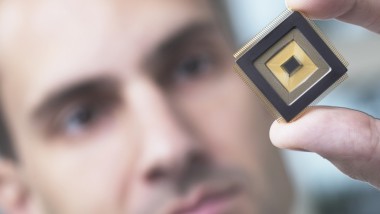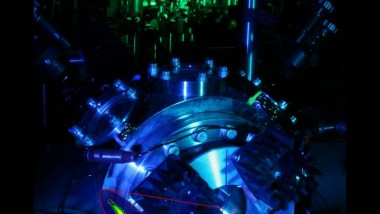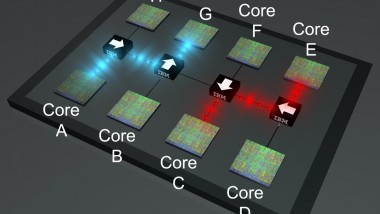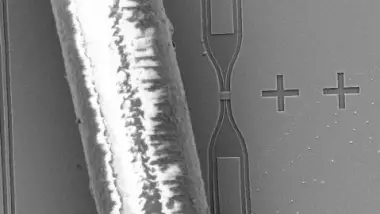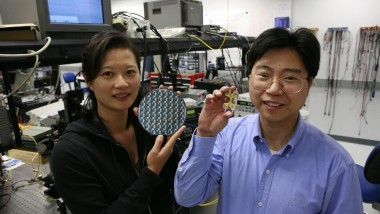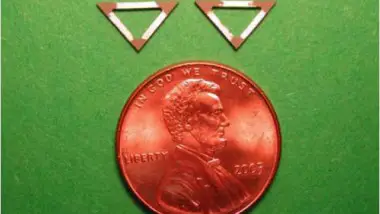Scientists at Philips have developed new fully digital Silicon PhotoMultipliers (SiMPs) that may replace detectors within PET scanners as well as open up possibilities for other ultra-sensitive detectors for DNA sequencing and protein microarrays. Digital silicon photomultiplier offers faster and ...
Detecting Photon Entanglement
An enhanced technique to detect photon entanglement in different parts of an optical system has been developed by scientists from the California Institute of Technology (Caltech). In their research the group demonstrates how, for the first time, quantum uncertainty relations ...
World’s Tiniest Nanophotonic Switch
Scientists at IBM, Yorktown Heights, N.Y., have taken another major step towards sending information inside a computer chip by using light pulses. Rather than using conventional electrons, the team has built the world’s tiniest nanophotonic switch. Its’ footprint is approximately ...
Ultra Small Switches
A team of researchers at the University of St. Andrews, in the U.K., has developed one of the smallest optical switches ever made. This switch, measuring about one tenth the size of a human hair, may eventually be used in ...
Intel’s High Speed Optical Trinity
Intel’s Photonic Lab has announced the successful development of the 3rd and last component in a high speed optical trinity – the Silicon-Germanium optical detector. Several months ago, Intel announced it had managed to combine a laser and an optical ...
Improving Optical Fiber Accuracy
A team of scientists from the Material Research Institute (MRI) at Pennsylvania State University have developed a device that efficiently makes laser-to-fiber and fiber-to-fiber connections within optical fiber packages. Their invention, which offers a new economically viable method for aligning ...

